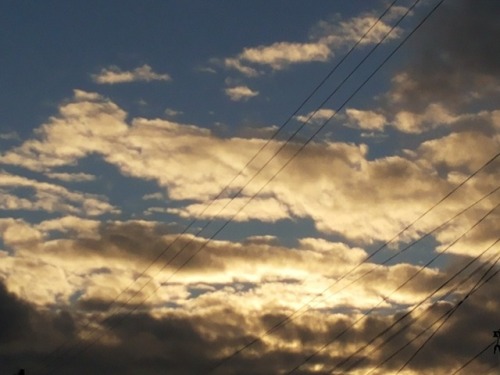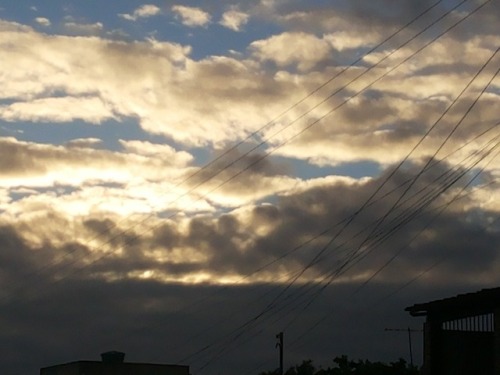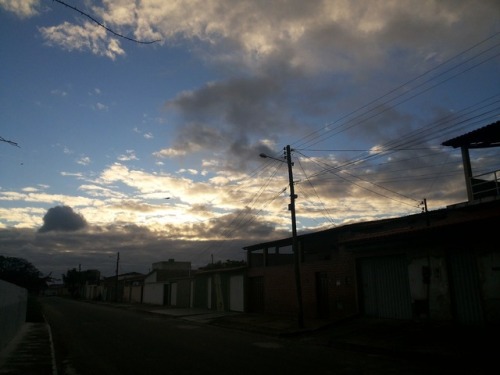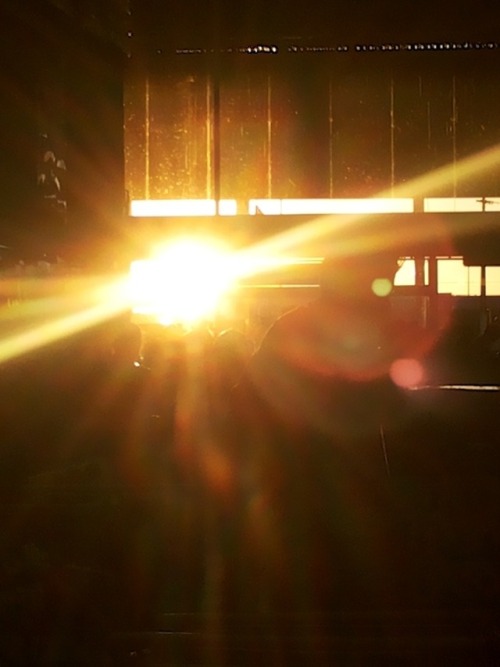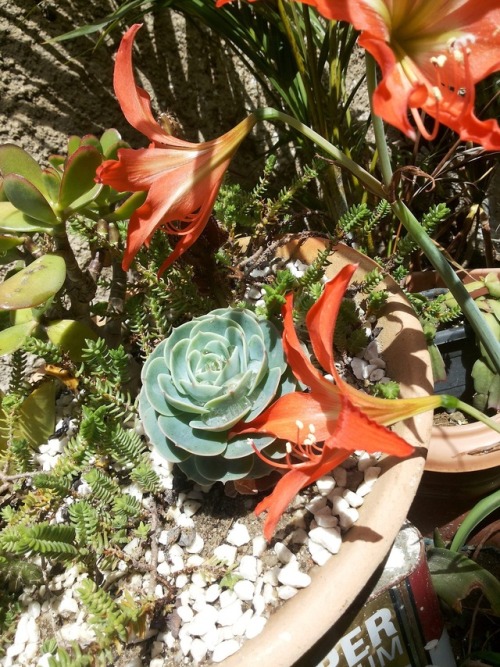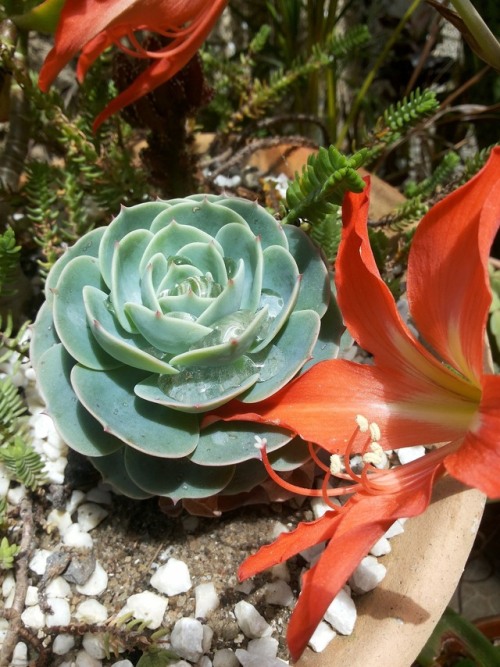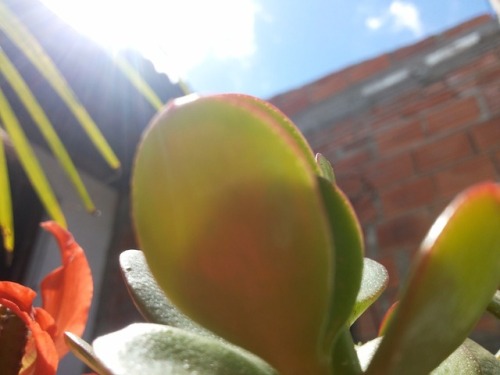Latest Posts by monecky - Page 3







elijah
25/10/18


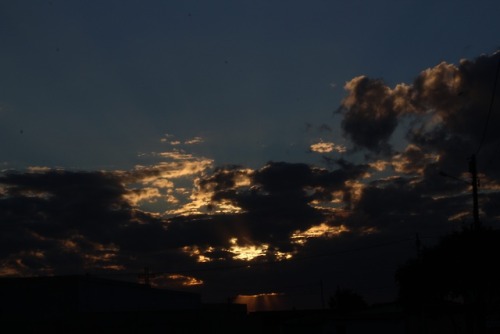
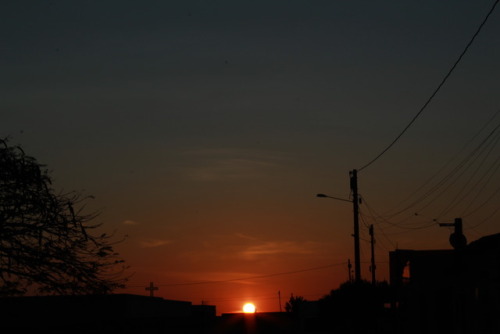
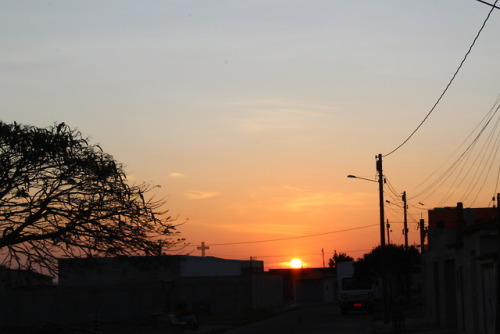
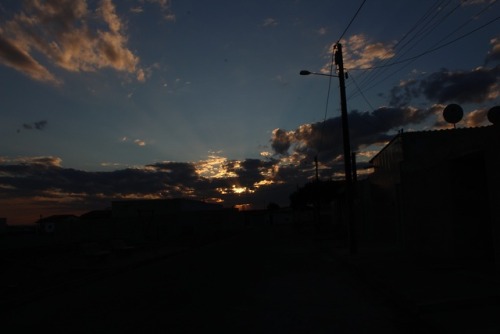

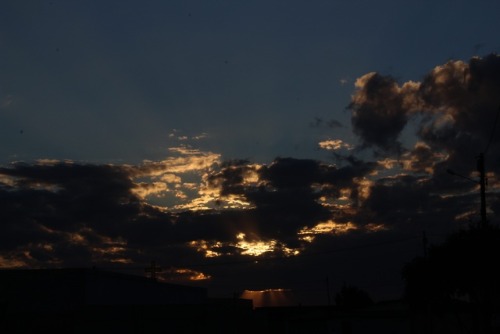

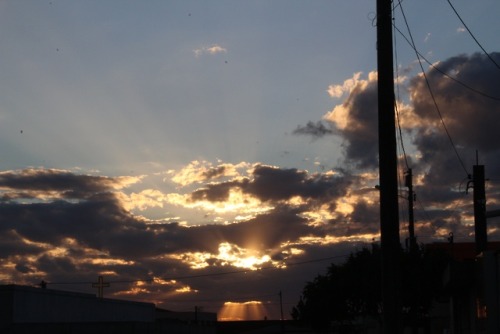
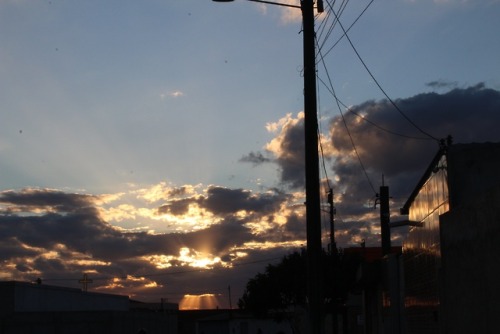
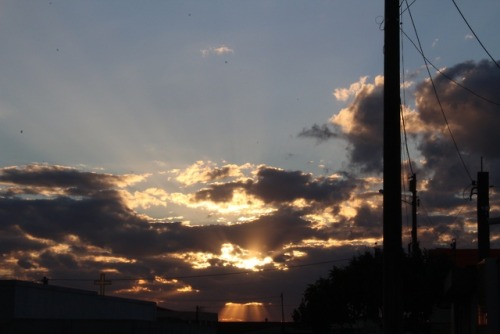










3, 2, 1, liftoff! The Atlas 5 rocket launches with Juno.
http://www.missionjuno.swri.edu/media-gallery/inteviews

Jupiter in infrared light, as seen by NASA’s InfraRed Telescope Facility (IRTF). The observations were obtained in support of NASA’s Juno mission by a team headed by Juno scientist Glenn Orton.
Science in a fishbowl. Juno co-investigator Candy Hansen talks about public involvement with JunoCam.
http://www.missionjuno.swri.edu/media-gallery/interviews
So Close, So Far: See Juno’s first orbit of Jupiter in this amateur-created JunoCam “marble movie.”
Credit: NASA/JPL/SwRI/MSSS/Gerald Eichstädt

That view though. Oval storms dot the cloudscape in this enhanced color JunoCam image of Jupiter’s south pole.
This citizen scientist-processed image was taken on Dec. 11, 2016, from an altitude of about 32,400 miles above the planet’s cloud tops.
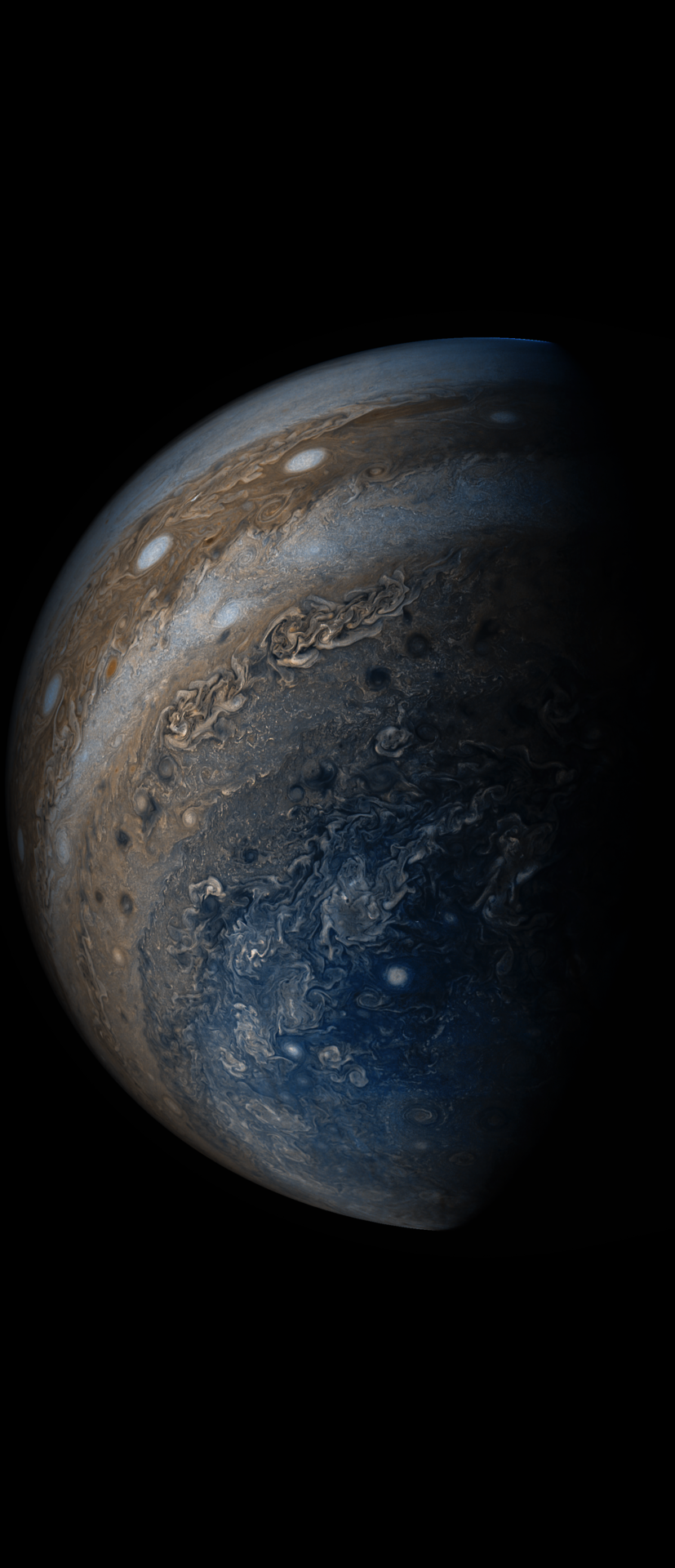
☁ Jupiter’s clouds of many colors! ☁ See the amazing variety in Jupiter’s stormy atmosphere in this enhanced color JunoCam image of the the south polar region of the planet.
Credits: NASA/JPL-Caltech/SwRI/MSSS/Gerald Eichstädt /Seán Doran

See Jupiter’s stripes! Each of the alternating light and dark atmospheric bands in this image is wider than the Earth, and each one rages around Jupiter at hundreds of miles per hour. This citizen scientist-processed JunoCam image was taken on May 19, 2017, from an altitude of about 20,800 miles above the planet’s cloud tops.

Watching you watching me. See the “face” of Jupiter in this enhanced color JunoCam image.
This citizen scientist-processed image was taken on May 19, 2017. By rotating the image 180 degrees and orienting it from south up, two white oval storms turn into eyeballs, and the “face” of Jupiter is revealed.

True Colors: See what Jupiter’s Great Red Spot would look like to human eyes in this natural color JunoCam rendition.
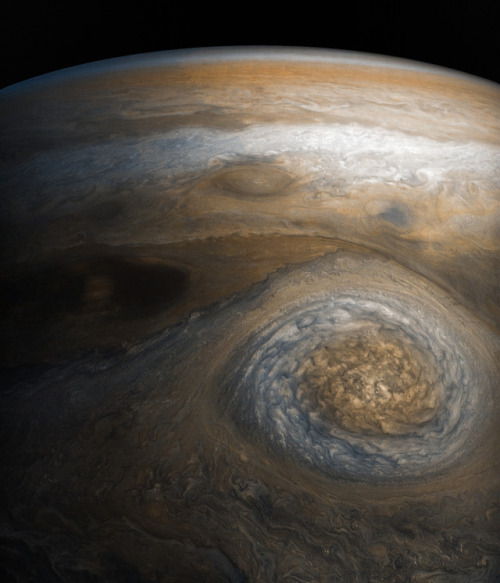
The north remembers. See a long-lived storm at the edge of Jupiter’s northern polar region in this Jovian cloudscape this JunoCam cloudscape.

Up close and personal with Jupiter. Check out this series of enhanced-color JunoCam images from Juno’s latest science flyby of the gas giant planet.
Image Credits: NASA/JPL-Caltech/SwRI/MSSS/ Gerald Eichstädt/Sean Doran

Soaring over Jupiter. See the gas giant planet from my point of view in this striking citizen-scientist-processed JunoCam image.
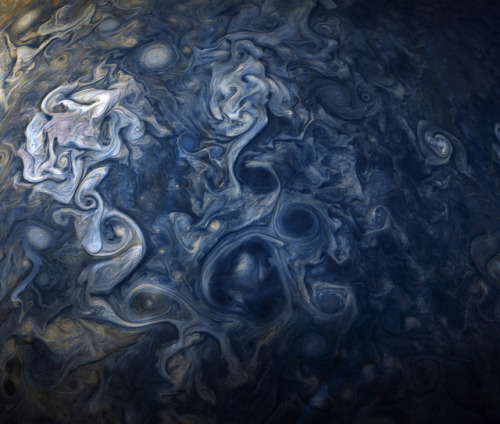
I’ve got the #Jupiter blues. See Jovian clouds in striking shades of blue in this new color-enhanced image.
Image Credits: NASA/JPL-Caltech/SwRI/MSSS/Gerald Eichstädt/ Seán Doran

High Above the Jovian Clouds: This image of colorful, turbulent clouds in Jupiter’s northern hemisphere was captured during my latest flyby of the gas giant planet.

The view from here. This color-enhanced image of Jupiter’s swirling south polar region was captured during my latest flyby of the gas giant planet.

Northern Exposure 📷 See Jupiter’s stormy northern polar belt region in this new color-enhanced view captured during my latest flyby of the planet.
While at first glance the view may appear to be in Jupiter’s south, the raw source images were obtained when I was above the planet’s northern hemisphere looking south.

Falling Away from Jupiter. This image of Jupiter’s southern hemisphere was captured during my flyby of the gas giant planet on Dec. 16, 2017.




New raw images from Juno’s close flyby of Jupiter are available now. Download, process + share.

A Cup of Jove. Jupiter cloud formations resemble cream swirling in coffee in this new view taken by NASA’s Juno spacecraft.

Same same but different. See cloud patterns near #Jupiter’s south pole in this series of color-enhanced images captured during my latest flyby of the planet.

You’ve just crossed over into the Twilight Zone. This image captures the swirling cloud formations in Jupiter’s terminator – the region where day meets night.
This image is one in a series of images taken in an experiment to capture the best results for illuminated parts of Jupiter’s polar region. For JunoCam to collect enough light to reveal features in Jupiter’s dark twilight zone, the much brighter illuminated day-side of the planet becomes overexposed with the higher exposure.

Everything’s coming up roses. See a close-up view of a storm with bright cloud tops in this rose-colored view of Jupiter.

Meanwhile …..
God that frees us, Mario will participate in the next EuroCup yes! by God’s will

The largest and most powerful hurricanes ever recorded on Earth spanned over 1,000 miles across with winds gusting up to around 200 mph. That’s wide enough to stretch across nearly all U.S. states east of Texas. But even that kind of storm is dwarfed by the Great Red Spot, a gigantic storm in Jupiter. There, gigantic means twice as wide as Earth.
With tumultuous winds peaking at about 400 mph, the Great Red Spot has been swirling wildly over Jupiter’s skies for the past 150 years—maybe even much longer than that. While people saw a big spot in Jupiter as early as they started stargazing through telescopes in the 1600s, it is still unclear whether they were looking at a different storm. Today, scientists know the Great Red Spot is there and it’s been there for a while, but they still struggle to learn what causes its swirl of reddish hues.
Image credit: NASA/JPL












